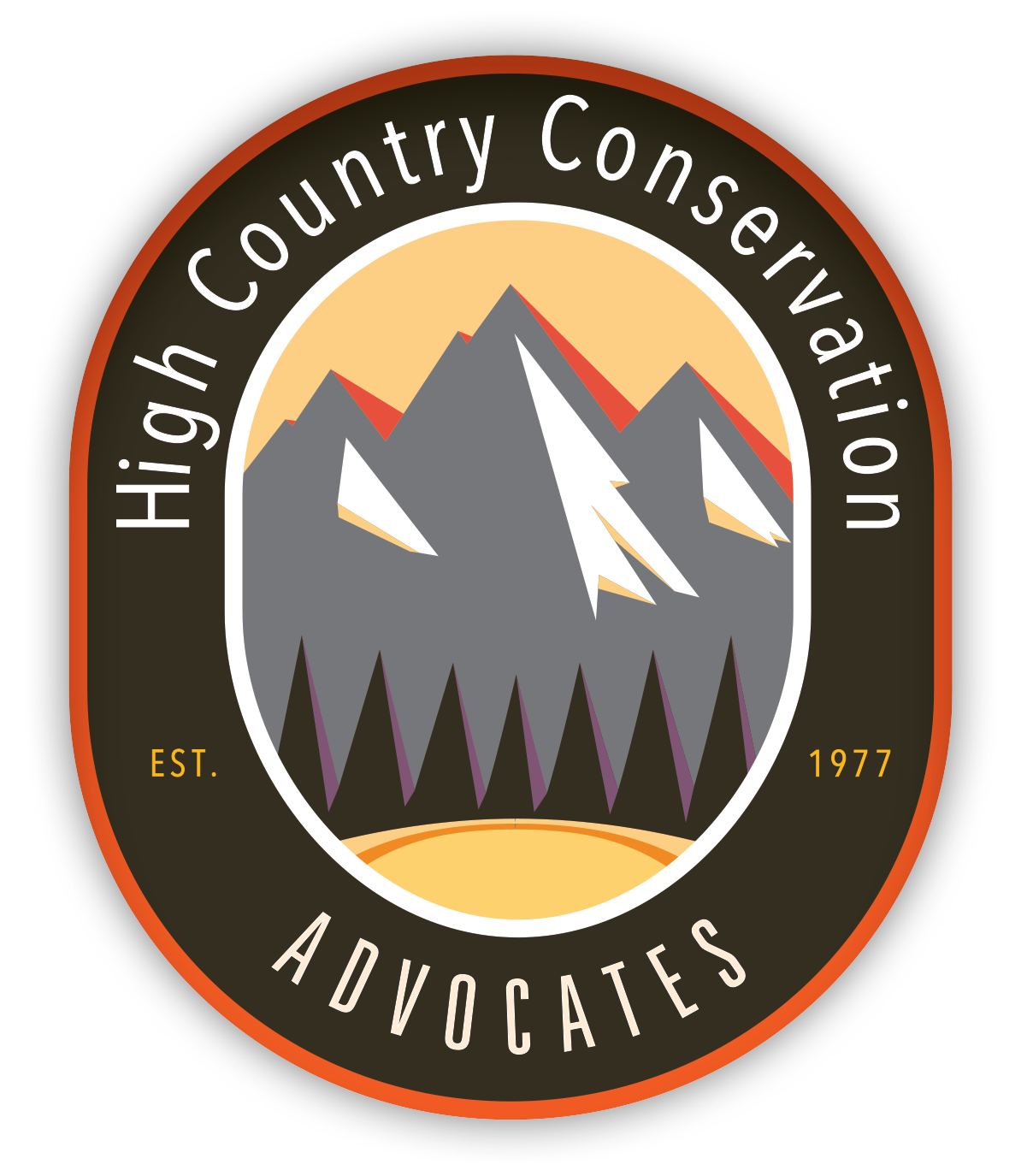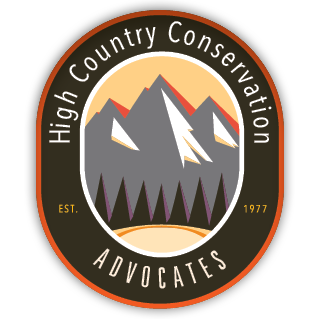30 x 30 and GMUG - What’s the Connection? What are the Possibilities?
The Grand Mesa, Uncompahgre, and Gunnison National Forest (GMUG) is revising its forest plan, with a Draft Plan/Draft Environmental Impact Statement scheduled to be released this year. There is a once-in-a-generation opportunity on the 3.16-million acre GMUG to proactively tackle biodiversity loss, climate change, equitable access, and other issues so important to Coloradans. Meeting these challenges is at the heart of the nation’s 30x30 commitment, and the GMUG revision process could provide a pathway in Colorado for achieving meaningful conservation outcomes.
On January 27, 2021, President Biden committed his administration to the ambitious conservation goal of protecting 30 percent of U.S. lands and waters by 2030.[1] Colorado’s Senator Michael Bennet and Congressman Joe Neguse are original cosponsors of the 30x30 resolution in Congress, and Congresswoman Diana DeGette, Senator John Hickenlooper, and many others have expressed support. In fact, on March 16, 2021, 116 members of Congress sent a bipartisan, bicameral letter to President Biden in support of the national goal to protect 30% of America by 2030 in order to slow the loss of habitat and prevent the collapse of natural systems.[2] Community groups such as HCCA are also building a groundswell of enthusiasm for implementation of the 30x30 vision on Colorado’s Western Slope.
The U.S. Geological Survey reports that only 12 percent of U.S. lands are permanently protected, and only about 10 percent of Colorado is already conserved with permanent or otherwise durable land protections managed for biodiversity. With those stark numbers in mind, the GMUG Forest Plan revision process presents a path to further ecosystem resilience and integrity, combat climate change, and ensure that the beauty and naturalness of Colorado remain accessible to all for future generations.
HCCA led efforts to develop and garner support for the Community Conservation Proposal, a vision for landscape-level protection consisting of specific wilderness and special management area recommendations, that was submitted to the GMUG in 2018.[3] Protecting and connecting diverse undeveloped areas like those in the Community Conservation Proposal is an important action that agencies can take to enhance climate change adaptation and safeguard biodiversity. Protection of diverse ecosystem and habitat types through wilderness and other designations is a cornerstone of regional, national, and international efforts to conserve biological diversity and ecological processes of natural ecosystems.
A key part of the revision process is its determination of which lands the Forest Service will recommend to Congress for wilderness designations. Designating wilderness and special management areas to protect national forest lands with high conservation values, such as those identified in the Community Conservation Proposal and the Gunnison Public Lands Initiative,[4] is an important tool afforded the Forest Service under the agency’s planning regulations and reflects widespread public support for conserving our wild forests.
Lands protected under the Colorado Roadless Rule allow for limited energy development and motorized recreation, including the possibility of motorized trail construction. A more permanent level of protection for these areas is needed. And while 19 percent of the GMUG is protected as wilderness and therefore already contributing to 30x30 goals, many of the Forest’s ecosystems are underrepresented in the National Wilderness Preservation System (NWPS). For protected areas to conserve genetic, species, and community diversity – as well as the composition, structure, function, and evolutionary potential of natural systems – they must encompass a full variety of ecosystems.
To provide the Forest Service with what we believe to be the best available science on this issue, The Wilderness Society, in 2016, conducted an analysis of ecosystem representation in the NWPS at the national- and forest-level scales. That analysis shows that the NWPS suffers from a significant under-representation of many ecosystems.[5] Specific to the GMUG National Forest, this analysis found that only 11 of the 47 ecosystem types found on the GMUG are adequately represented in wilderness on the forest level. The story is even more extreme on the federal level, with only 7 out of the 47 ecosystems showing adequate representation. Underrepresented ecosystems on the forest level cover over 58% (1,718,474 acres) of the GMUG, with federally underrepresented ecosystems spanning over 41% (742,213 acres) of the GMUG.
A majority of the GMUG’s Colorado Roadless Areas (CRAs) contain high proportions of inadequately represented ecosystems at both the forest-level and national scales. Additionally, all the CRAs contain at least one underrepresented ecosystem. In many instances, the addition of one CRA to the NWPS would elevate ecosystems into adequate representation.
President Biden’s executive order directing federal officials to protect 30 percent of the country’s lands and waters by 2030 will be a key part of America’s effort to slow the species extinction crisis and curb global warming. HCCA is urging the Forest Service to incorporate conservation measures consistent with the 30x30 vision in its planning efforts. The GMUG Forest Plan revision process provides that pathway to a more sustainable, resilient, and biologically diverse future through new wilderness and special management area recommendations.
[1] See https://www.whitehouse.gov/briefing-room/presidential-actions/2021/01/27/executive-order-on-tackling-the-climate-crisis-at-home-and-abroad/.
[2] See https://naturalresources.house.gov/imo/media/doc/Grijalva%20Blumenthal%20Neguse%20Lujan%20Bicameral%2030x30%20EO%20Letter%20March%2016%202020.pdf.
[3] See www.gmugrevision.com.
[4] See www.gunnisonpubliclands.org/.
[5] LINK TO ANALYSIS DOCUMENT


